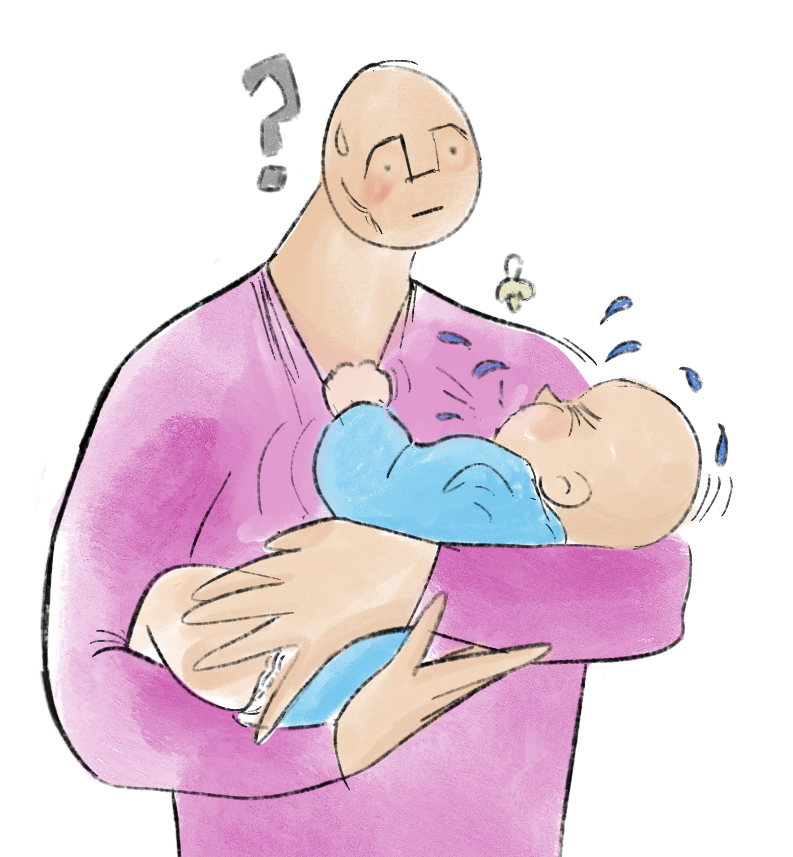
UX fundamentals – 5 basic

Back in 2019, I started to mentor new joiners to start their career in UX Design, later, I decided to publish my own stories that help new joiners to understand the complex concepts I faced during my transition journey from Engineering to UX years ago.
I spent months trying to figure out the best way to do it, not realising that the solution was in front of my face the whole time! So I grabbed my pen, squeezed my brain, and put my cartooning skills under the microscope, and started to sketch analogies that help simplify some of the complex concepts in the industry. In this story, I am going to talk about basics in UX Design, showing a five steps process that makes the best out of a design team. Meet Bob, a father of Alen, a four months old -cute- boy.
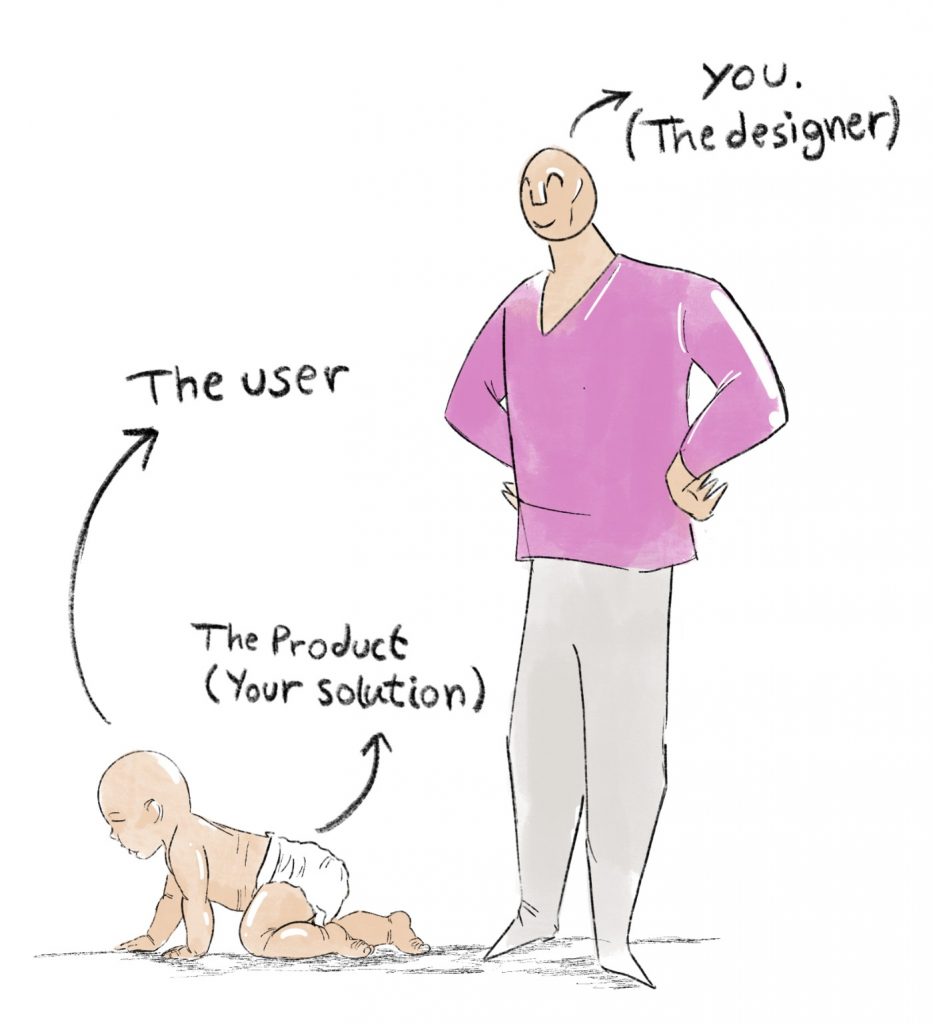
Cute baby? Well, wait until you see him cry.
But he won’t, because in this story we are going to take a User-Centric approach to solve his problem, lets do it.

#1.Forget Users think People
Obviously, Alen is crying, .. loud. No child cry for no reason. This is the place where we designers exhibit Empathy, this stage is about understanding the Who in our process.
The place where we throw our ego away and all our assumptions will be tested.
Questions Bob, the designer, may ask here: Who are the users? (Personas). What they do, when and where? (Context). Why they do it? (Pain points). How they do it? (behavior).

#2.Solving real problems. In a real life situation, we are not going to solve a problem that does not exist.
Unless Alen, our cute boy, asks for something else than changing his diapers, then we are facing a real problem here, and it requires serious actions from the whole organization. We know as designers that if we do not have a good problem to solve then our solution won’t amaze us, or anybody else. Therefore, in this phase, we are going to make sure that we are selecting the right problem to solve.
Questions we may ask here:
What will happen if the problem still exists?
How will it affect the users?
Will the user care enough about our solution?
How often does the problem happen?
How the solution is going to help the users and influence their lives?
Will the users recommend our solution to others?
How frustrated users are with the problem?
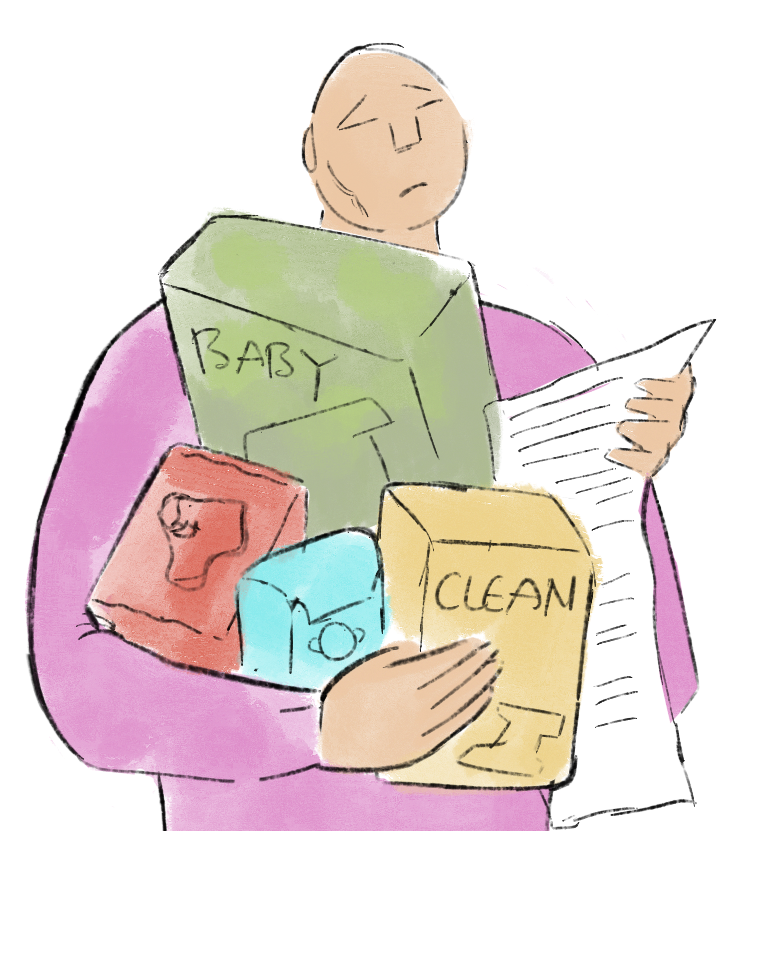
#3.Research
It’s the time to understand all the areas where our product will be operating, we did the user part at the beginning, but before offering our solution, lets see how others are solving the same problem. We better find the best diaper for Alen otherwise he may ask to be adopted! We just want to make sure to find a solution that we can afford.
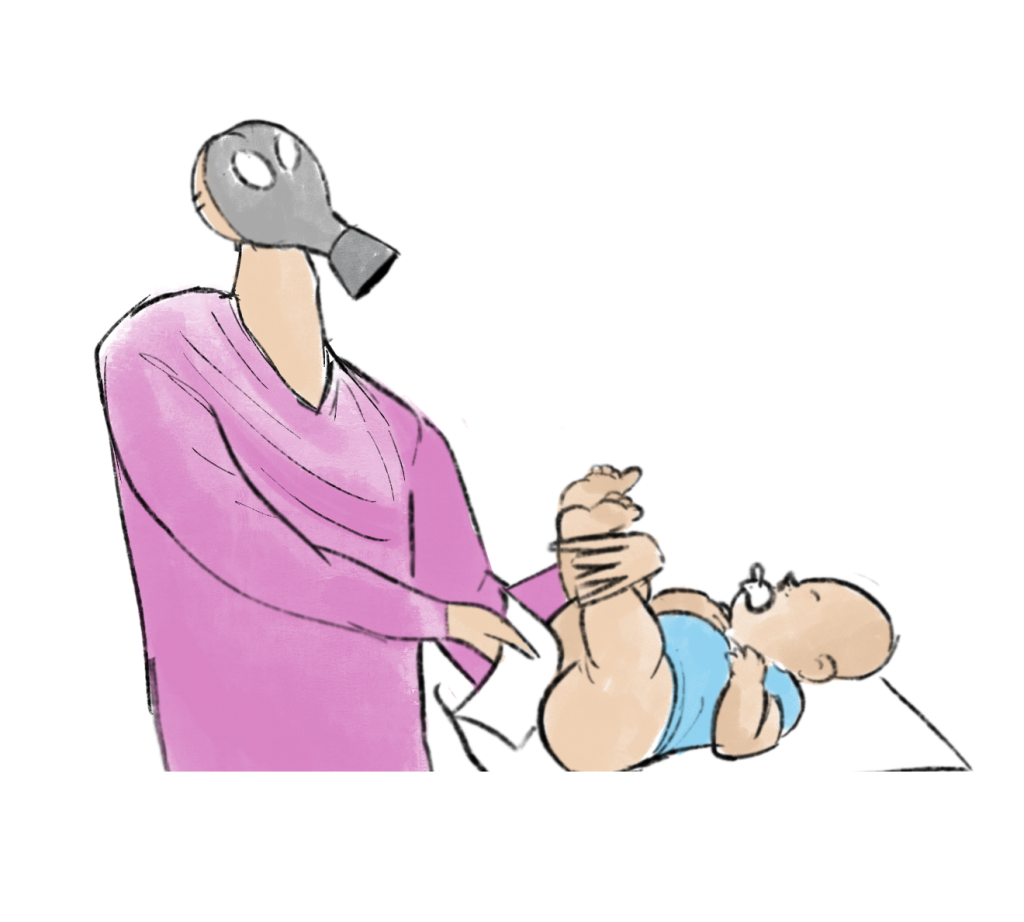
#4.Be simple and humble
It’s the time to introduce our solution to Alen, we want to keep it simple. This is the place where we should be clear about our solution and not force too much personality in it. We stay humble and keep listening to our users. Building emotional connections with the users is also important , if we can not do it with love, we don't do it.
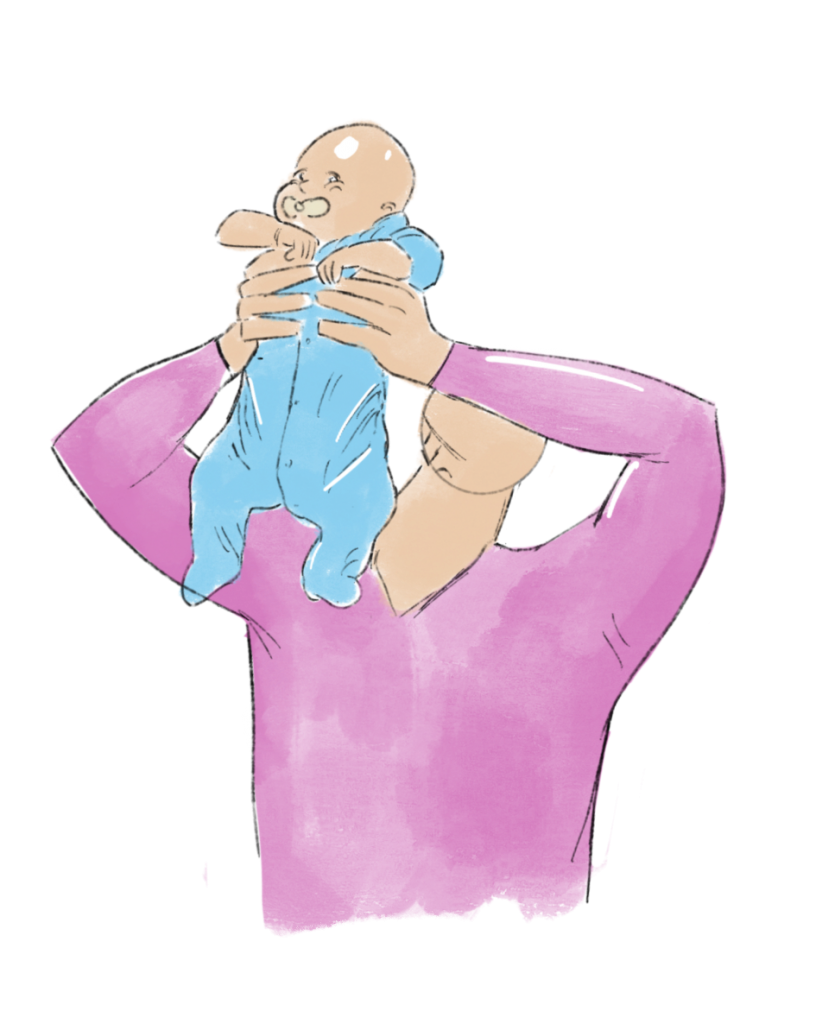
#5.Iteration, Iteration, Iteration,..Did we offer the right thing?
We can’t be confident about this, we need to test and adapt with the trending needs and desires. Here, we should take feedback seriously, anything could go wrong, and we should be ready. The learner mindset is our weapon.
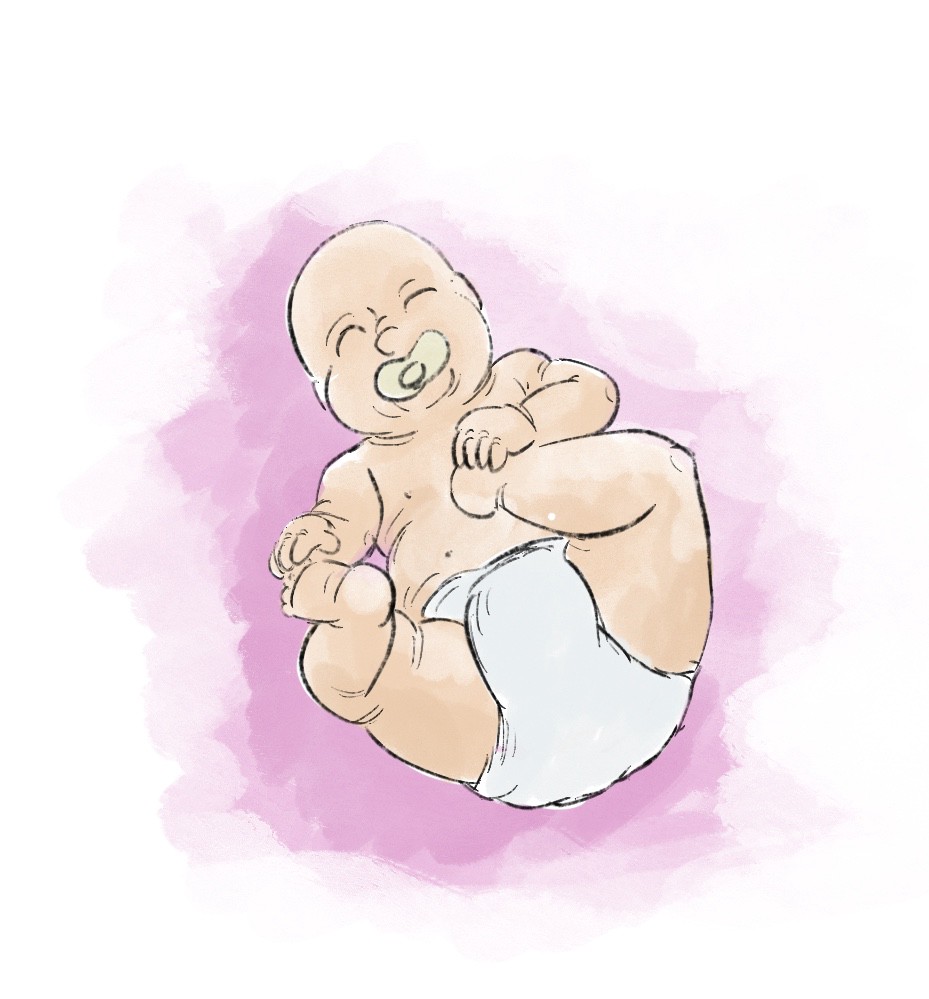
Did we offer the right thing?
Happy Alen, or Happy users ask us to provide solutions that they are familiar with, we want to innovate but within our user’s level of knowledge. Meeting the expectations of the user and being clear about our solution, makes it easier to be adopted and used. And if, for any reason, we want to break any convention, we break it wisely.
Conclusion
I learned alot from this joureny, currently I am trying my best to do the same with other concepts, I already created 8 stories that a like, picking topics like creating personas, user interview, and how to start a UX career. As mentioned earlier, these stories tageting the new comers to help expose them to the field.



Добавить комментарий